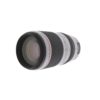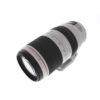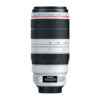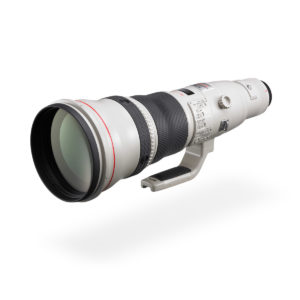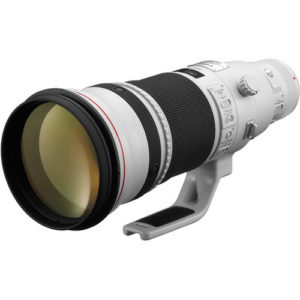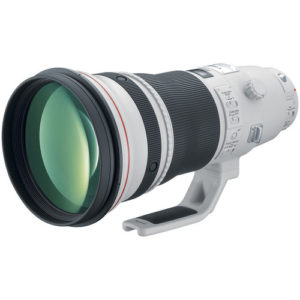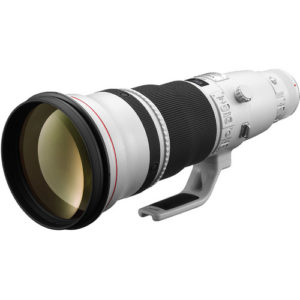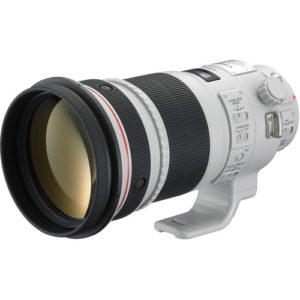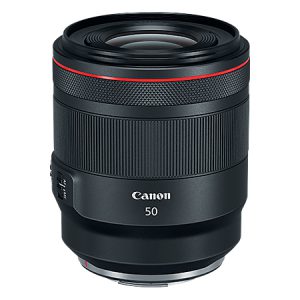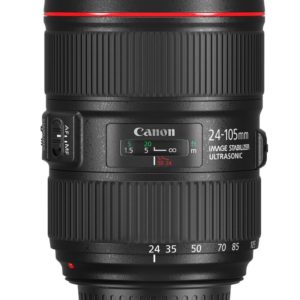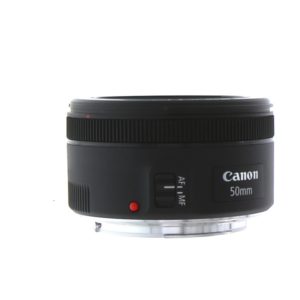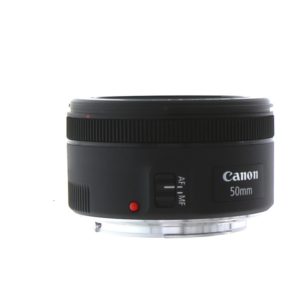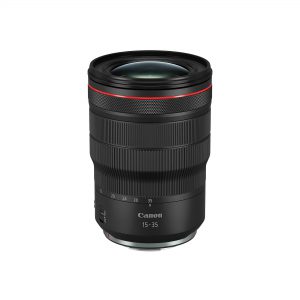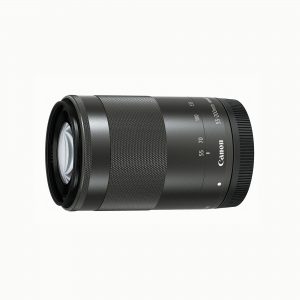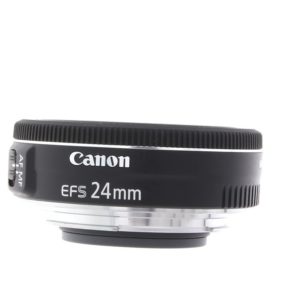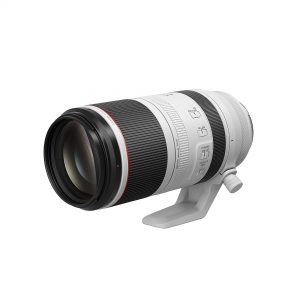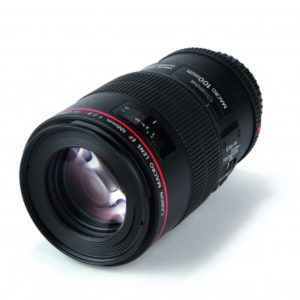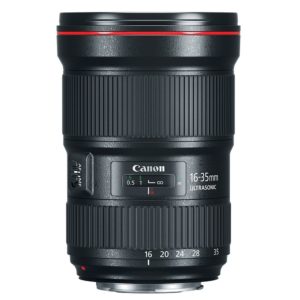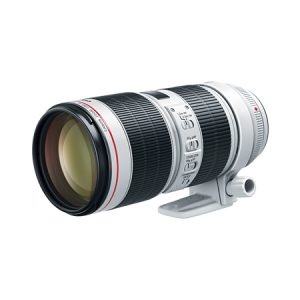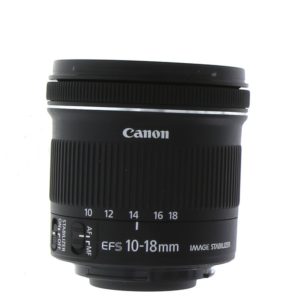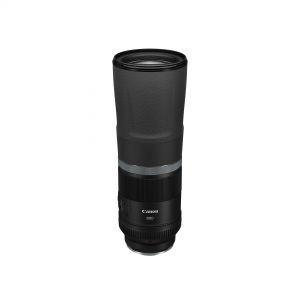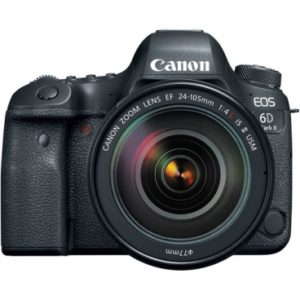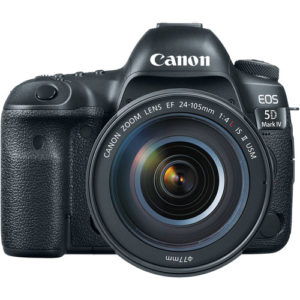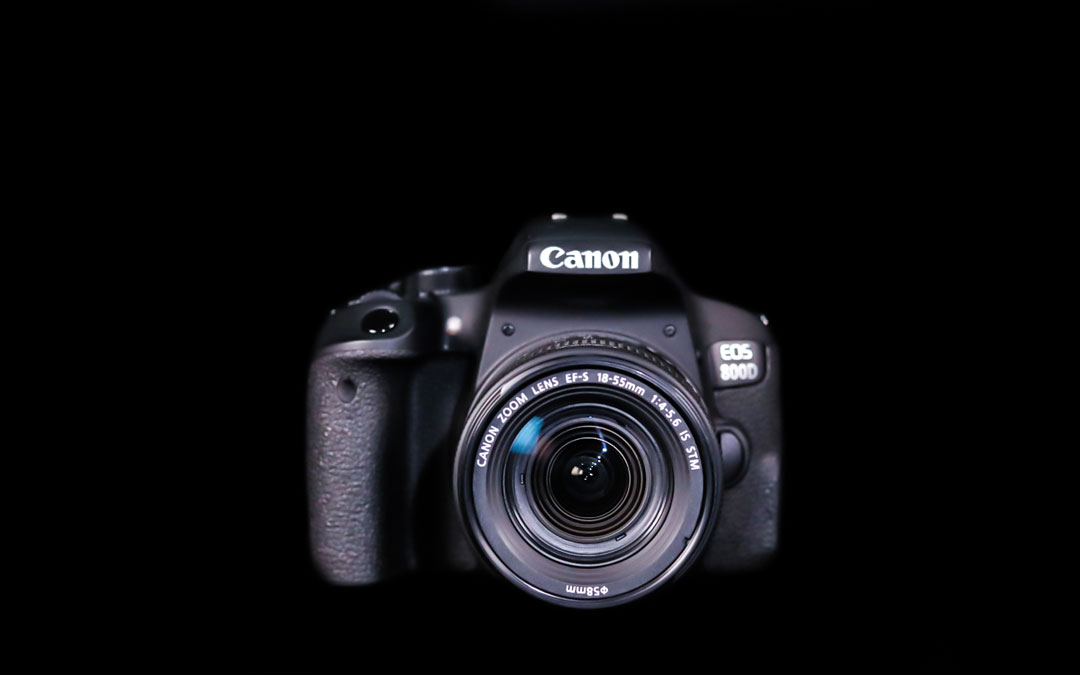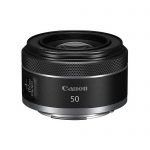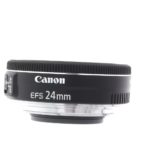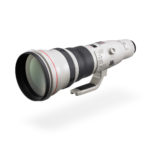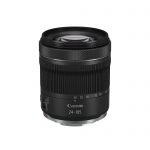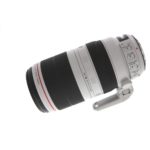Overview
The EF 100-400mm f/4.5-5.6L IS II USM lens delivers a superb combination of cutting-edge performance, compact construction and brilliant resolving power that’s great for sports and wildlife photography. The lens features one fluorite and one super UD element to help provide impressive contrast and resolution with reduced chromatic aberration across the entire zoom range. Canon’s new Air Sphere Coating (ASC) helps significantly reduce backlit flaring and ghosting, while fluorine coatings on the front and rear lens surfaces help lessen smears and fingerprints. A 9-blade circular aperture renders beautiful, soft backgrounds, and a 3 mode (standard, panning and exposure only) Optical Image Stabilizer provides up to 4 steps* of image correction. The new inner focusing AF system helps ensure fast and accurate focus down to 3.2 ft. with a .31x maximum magnification. Usability enhancements include a rotation-type zoom ring with adjustable zoom torque for more precise, customizable zoom performance, a redesigned tripod mount that can be attached and detached without removing the lens from the camera, and an all-new lens hood with a side window that makes it simple to adjust specialty filters-like polarizers-without the need to remove the hood. Ruggedly constructed with advanced dust and water sealing for durability in a range of environments, the EF 100-400mm f/4.5-5.6L IS II USM lens is a stellar performer with refined controls for a wide variety of situations.
Versatile super-telephoto performance
The EF 100-400MM F/4.5-5.6L IS II USM is ideal for photographers who are travelling light and want to take just one telephoto lens with them. A great choice for sports and wildlife photography – the 100-400mm zoom range puts you right next to distant subjects, and lets you react quickly in a fast-changing situation. When used on cameras featuring APS-C sized sensors, the EF 100-400MM F/4.5-5.6L IS II USM offers angles of view equivalent to a 160-640mm on a full-frame camera.
Stay sharp, whatever the light
The EF 100-400MM F/4.5-5.6L IS II USM delivers sharp, high-contrast images, using Fluorite and Super Ultra-low Dispersion (Super UD) lens elements to tackle artefacts and distortion. A three-mode Image Stabilizer guards against blur from camera shake, allowing handheld shooting with shutter speeds up to 4 stops slower than normal.
Fear no flare
Shoot into the light confident that Canon’s multi-layered Air Sphere Coating (ASC) will protect against flare, ghosting and reduced contrast. ASC uses a multi-layer coating to reduce reflections including a layer of nanosized air spheres deposited on the lens surface to slow down light more gradually as it enters the lens, this prevents the internal reflections that reduce image quality.
Ergonomic handling
Different photographers work in different ways. Use the Zoom Touch Adjustment ring to set the amount of resistance felt when zooming the lens: a light touch is ideal when you’ll be working quickly in a fast-changing situation. On the other hand, you might want to stiffen or lock the zoom mechanism when you don’t want the focal length to change accidentally.
Fast focus when you want it
Enjoy fast USM autofocus that locks on accurately and in near-silence. Full-time manual focus override allows precise adjustment without taking your camera away from your eye. The EF 100-400MM F/4.5-5.6L IS II USM focuses down to 0.98m, letting you react to subjects that come unexpectedly close.
Protected from the great outdoors
Keep shooting even in tough weather conditions. As an L-series lens, the EF 100-400MM F/4.5-5.6L IS II USM is sealed against dust and moisture, so you can keep shooting even when conditions turn bad. A fluorine coating on the lens’ front element repels dirt making the lens easy to clean.




